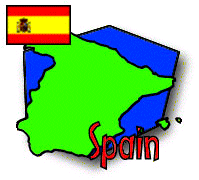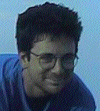
Food of the Day: rousquilles fondantes![]()
Person of the Day: Alain and Georges ![]()
Place of the Day: Perpignan
Tech Fact of the Day: Padraic's summer job
Group Dispatch, June 10-11


Questions? Ask Ethan ![]() or Corinne
or Corinne ![]() !
!
 |
 |
 |
 |
 |
|
Itinerary/ Journal |
Discussions |
About Spain |
eDscape Projects |
Scrapbook |
|
|
|
|
|
|
|
Copyright 1997-99 BikeAbout. All rights reserved.